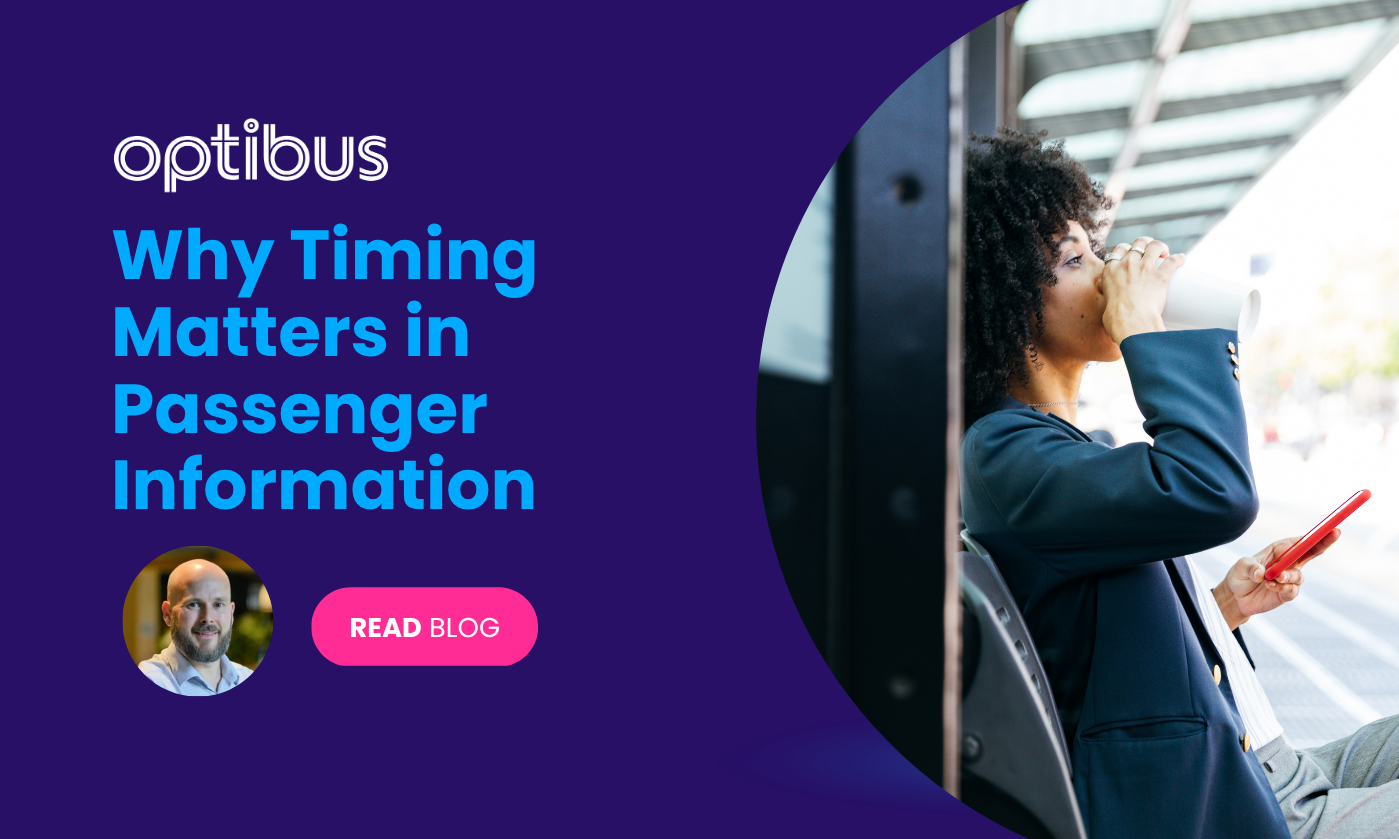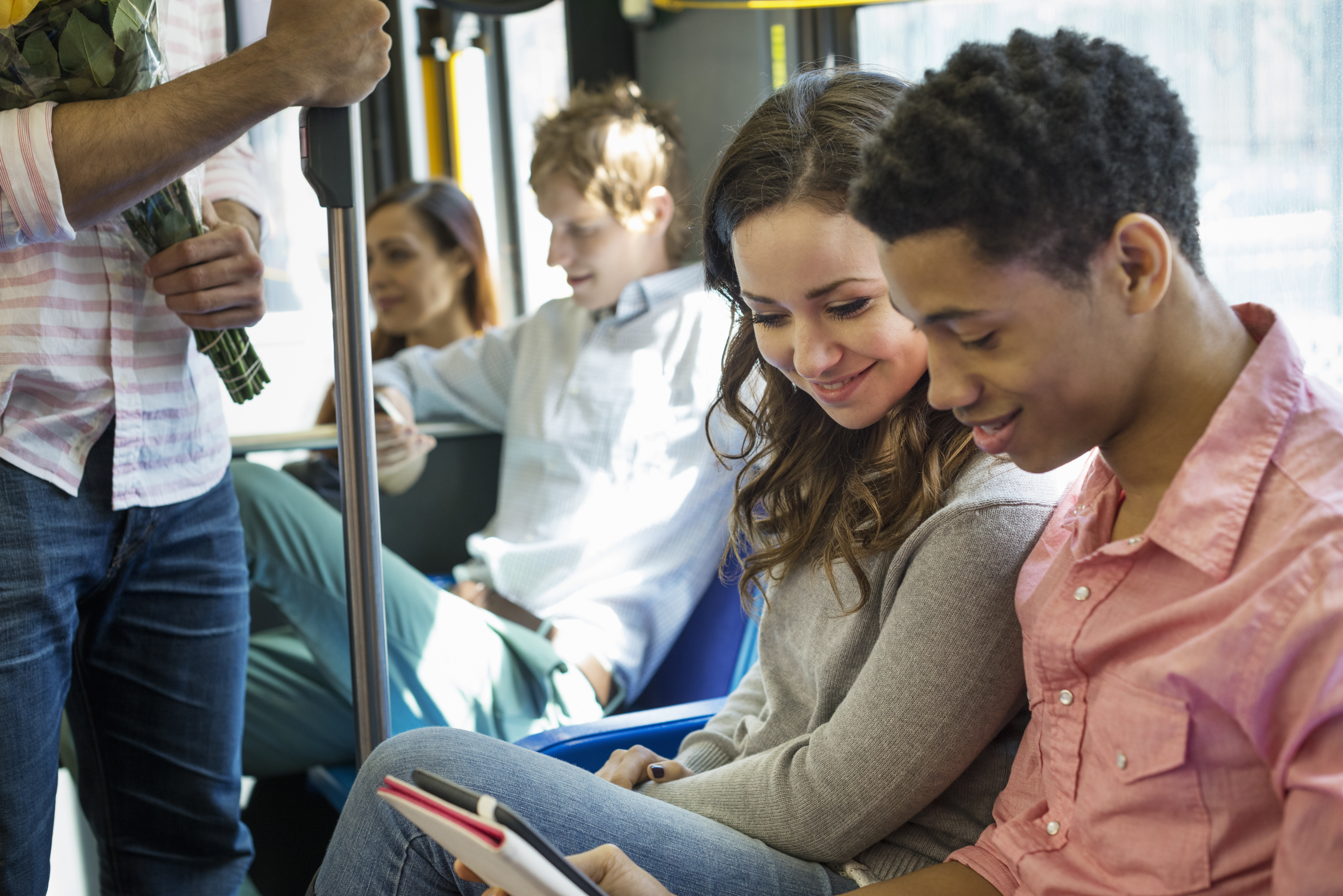In a recent Optibus Executive Hub online event titled "Focus on the People: Real World Strategies for Improved Passenger Experience," a panel of experts shared their insights and strategies for enhancing public transportation systems, with an emphasis on the passenger experience. The discussion explored the challenges and opportunities in different regions and highlighted innovative solutions that are shaping the future of public transportation.
In this article, you'll learn all about the different initiatives covered during the webinar and what the panelists agreed were the most important criteria for ensuring the success of those initiatives.
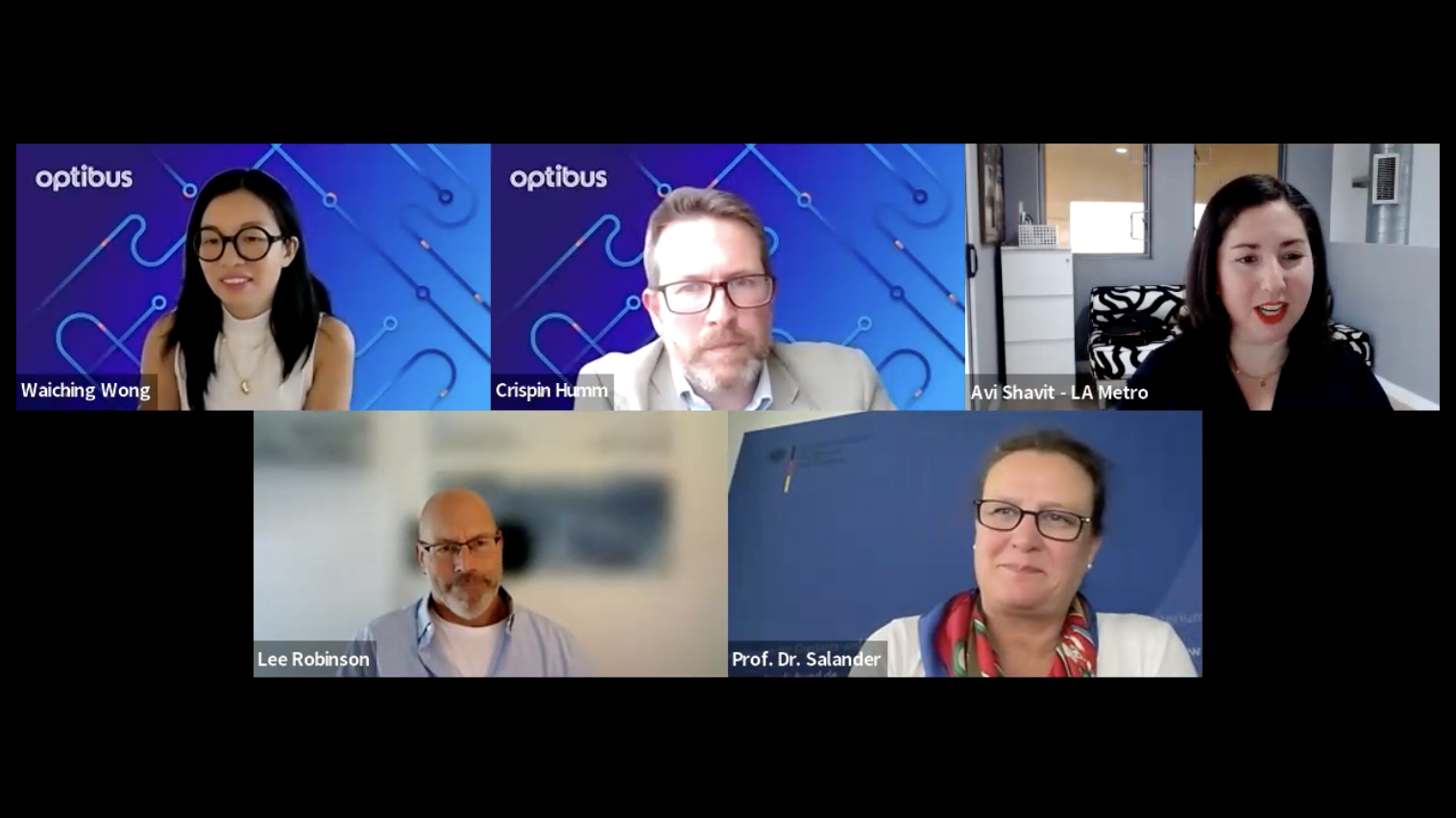
Let's begin with an introduction to the industry experts from the German Ministry of Digital and Transport, Los Angeles Metro, and Transport for Wales (TfW) who were featured in the webinar, along with the projects they presented:
- Prof. Dr. Corinna Salander, Head of Department Railways, German Federal Ministry of Digital and Transport, delved into the exemplary impact of the Deutschlandticket, shedding light on its significance and far-reaching effects.
The Deutschlandticket
The Deutschlandticket has become a global sensation in mobility circles, offering unlimited access to all local public transportation throughout Germany for just 49€ a month. It represents a genuine transformation in mobility by providing an affordable and comprehensive option for residents and travelers alike. Prof. Dr. Corinna Salander's insights highlighted the significant impact of this ticketing model on public transportation in Germany and beyond. - Avi Shavit, Senior Director of the Office of Innovation at Los Angeles Metro, a key architect behind the Mobility Wallet (MW), a digital wallet that serves south Los Angeles residents seamlessly.
Mobility Wallet (MW)
Los Angeles Metro's Mobility Wallet (MW) is a groundbreaking solution aimed at simplifying the passenger experience. It provides a unified platform for planning, booking, and paying for trips across various modes of public transportation, including buses and trains. By streamlining the payment process and offering integrated services, the Mobility Wallet enhances convenience and accessibility, ultimately improving the overall passenger experience.
- Lee Robinson, the Development Director for Mid, North, and Rural Wales at Transport for Wales (TfW), is leading a transformative journey for TfW through the “One Network, One Timetable, One Ticket” approach, aimed at enhancing rural connectivity and prioritizing public transportation as part of the Welsh government’s strategy.
One Network, One Timetable, One Ticket
Lee Robinson's innovative vision focuses on creating a unified and efficient public transportation system. It comprises three key elements: "One Network" connects regions and communities, "One Timetable" ensures reliability, and "One Ticket" provides a unified ticketing system. This approach simplifies the passenger experience, fosters connectivity, and prioritizes public transportation, particularly in rural areas. It aims to make travel easier and more convenient for passengers while boosting the success of public transport in Wales.
.png?width=1200&height=627&name=Newsletter%20(4).png)
The panelists presented each initiative and discussed its significance and transferability. During the discussion, they identified some critical criteria needed to guarantee the success of these initiatives and improve passenger experience:
1 - Attractive Price And Simple Ticket Handling:
Prof. Dr. Salander used the example of the 9€ ticket, the predecessor of the Deutschlandticket, to explain how an attractive price and ease of use can lead to people switching to public transportation.
"Last year, we introduced the €9 ticket for a limited period. For three months in June, July, and August, people had the opportunity to pay significantly less for transportation. The response was phenomenal, with 52 million tickets sold during this period.
“This initiative was a transparent, open experiment involving the entire public. It allowed us to understand what motivated people to use public transportation. We did notice that nearly 2 million newcomers continued to use public transportation even after the promotion ended. This confirmed that providing easy access and affordable fares for public transportation could be a great success. The key was an attractive price and simple ticket handling, which drew people in.
“This success encouraged us to develop the Deutschlandticket, designed to make public transport as easy and accessible as having a car in Germany. For most people, owning a car is a given, and they don't often think about the associated costs. With the Deutschlandticket, we want to instill a similar attitude. It's digital and available on your smartphone, allowing for a hassle-free hop-on, hop-off experience. We aim to convey the message that it's as simple as using your own car; you can hop on a bus wherever you are, whenever you want, without any extra thought.”
2 - Starting Young and Changing Travel Behaviors:
Avi Shavit from LA Metro emphasized the importance of introducing public transportation to people at a young age. She noted that younger individuals are more adaptable to change and are more likely to adopt new behaviors, such as using buses and trains. Avi Shavit's own experience of taking the bus to school highlights the long-term benefits of early exposure to public transit.
She stated, "It's easier to change when you're younger, harder to adopt new behaviors as we get older."
However, Prof. Dr. Salander pointed out that owning a car still holds significant appeal for many, especially young adults. She mentioned that the feeling of freedom associated with personal vehicles remains a driving force in transportation choices.
"Driving with the car is no fun at all. It's crowded, you don't get parking space. But there's also this feeling of freedom when you have your own car," she explained.
To counteract this, it's crucial to enhance the appeal of public transportation and make it more convenient.
3 - Collaboration and Stakeholder Engagement:
Lee Robinson from Transport for Wales discussed the challenges of bringing together various stakeholders to work towards a common vision for public transportation. With numerous local authorities, bus operators, and community transport providers, Wales faced a complex landscape. Lee emphasized the importance of clear roles, accountabilities, and a principle of "no surprises" in ensuring collaboration and progress.
He shared, "We have twenty-two local authorities and around ninety-six bus operators. Clear roles and accountabilities are crucial."
4 - Environmental Impact and Decarbonization:
The panelists recognized that addressing environmental concerns and decarbonization are vital for the future of public transportation. Prof. Dr. Salander highlighted the need for innovative solutions, such as zero-emission vehicles, to reduce the environmental footprint of public transportation systems. On the question of what is enforceable, she thinks public opinion is very crucial in this: "Society needs to decide.”
Avi Shavit agreed, noting that, "We want to see more people riding public transportation. We have serious congestion issues in LA County. We have serious air quality and pollution issues that we need to address."
5 - Equitable Funding and New Ways in Financing:
Avi Shavit raised the question of return on investment and the economic case for innovative public transportation solutions. She proposed using congestion pricing funds as a means to subsidize public transit, making it more affordable for those who need it most. Congestion pricing has been successfully implemented in cities like Stockholm and Singapore, reducing traffic congestion and providing funding for public transit. This approach aims to balance road charges with equitable access to public transportation.
"We might look to use congestion pricing funds to subsidize a mobility wallet in the future," she stated.
6 - Strong Vision and Seamless Integration:
The discussion underscored the significance of having a strong vision that resonates with stakeholders and communities. Making public transportation easy and seamless emerged as a key theme, aiming to remove barriers and create a unified travel experience.
“I think the future vision is kind of looking at how we use multimodal integration and seamlessness," Avi Shavit from LA Metro highlighted.
7 - Audience Engagement and Feedback:
Engaging with the community and seeking their feedback were highlighted as essential steps in designing and improving public transportation systems. The experts acknowledged the importance of listening to the needs and pain points of the community, as well as testing and iterating solutions.
"One of our solutions for overcoming challenges is to test and iterate. Start small and then scale up," Avi Shavit emphasized.
.png?width=1200&height=627&name=Newsletter%20(5).png)
Looking to the Future:
In conclusion, the event provided valuable insights into the challenges and opportunities in the public transportation sector with a strong focus on improving the passenger experience. The experts emphasized the importance of making public transportation more accessible, environmentally friendly, and integrated with emerging technologies. As regions around the world continue to grapple with transportation challenges, these innovative solutions and collaborative approaches offer hope for a more efficient, sustainable, and user-friendly future of mobility.
As Prof. Dr. Salander aptly summarized, "We want to have a good infrastructure for public transportation."
Interested in watching the whole webinar? Check it out here!


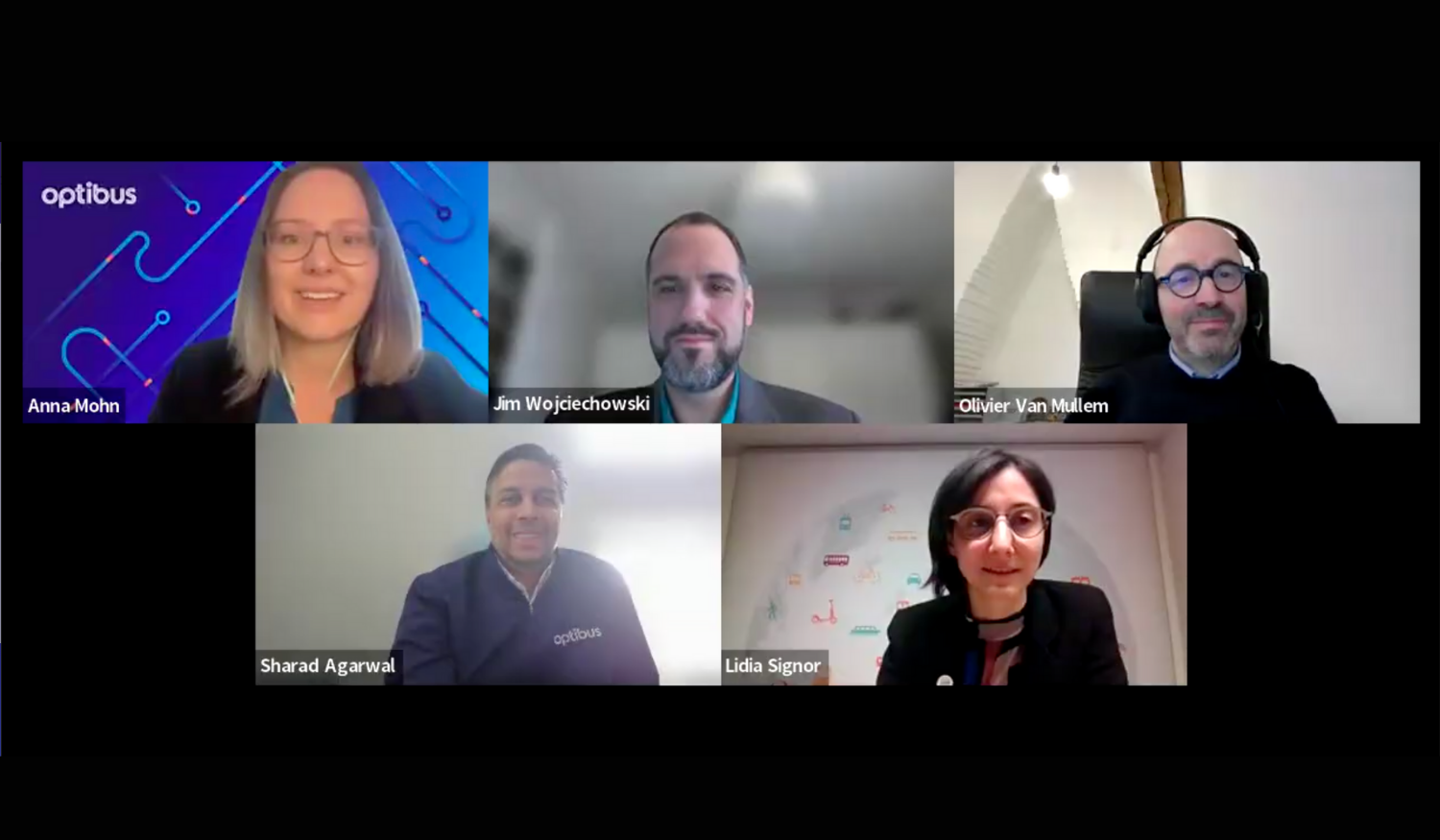
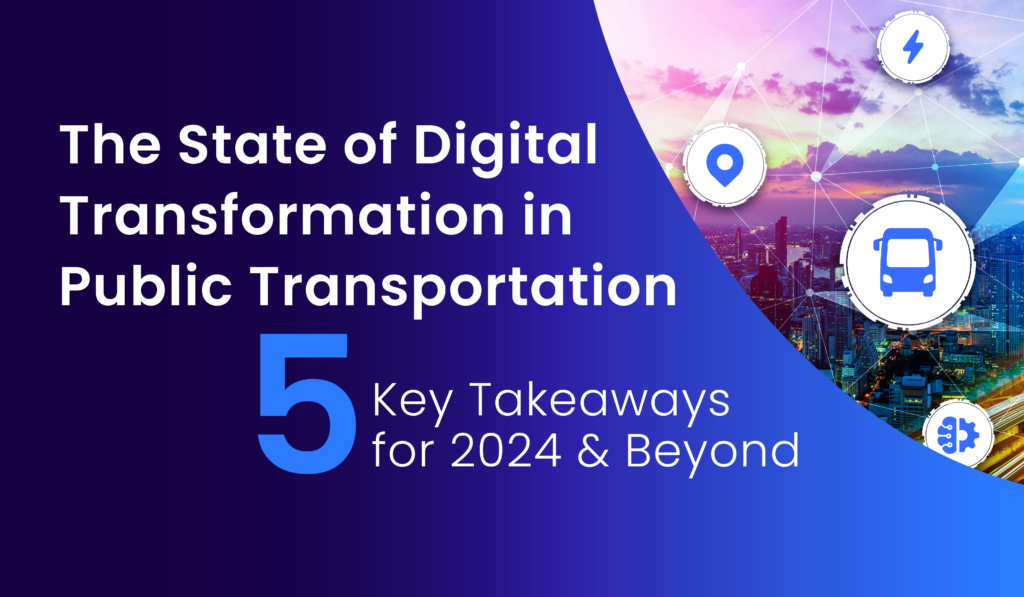
%20(2).png)
